Building a new MRI suite is a major undertaking. Many safety factors are involved:
- Containment measures for the magnetic field
- Protection of personnel and equipment (Ferrous Metal Detection devices)
- Attenuation of radio-frequency disturbances to protect MRI Equipment
- Ensure MRI equipment doesn’t interfere with exterior telecommunications and broadcasting stations.
The problem of MRI acoustic noise may be overlooked or unappreciated – even considered a “manageable” side effect.
For some, noise is a secondary concern. More of a nuisance than an actual safety issue. However, it is important to understand that the banging and knocking noises associated with MRI equipment can register in excess of 110 dB during some scan sequences—equivalent to that of a jackhammer. This level of noise can create significant disturbances inside and outside of the department. It can even cause headaches and hearing damage to those who work daily in the immediate vicinity.
With a comprehensive MRI shielding package, MRI noise can be significantly reduced – providing multiple benefits. In addition to a more pleasant environment, it can increase valuable, utilization of valuable real estate in your hospital and benefit patients and staff that work in and around the area.
Patients
MRI equipment suppliers are constantly trying to lessen the noise generated by their magnet’s gradient coil by constantly changing software algorithms and experimenting with various methods of lining equipment cover interiors. Their task is challenging given the magnitude of the acoustic noise that is generated by MRI equipment. There are a number of ways practitioners try to mitigate the effect of MRI noise on patients including special headphones or other distracting audio-visual devices during the scan. But what about others who are impacted by MRI noise?
MRI Technicians
Prolonged exposure to the acoustic noise by the MRI technicians can result in discomfort, headaches, and sometimes even hearing loss. Ask your technician whether they feel comfortable with the MRI noise in their environment.
Hearing protection is one solution, as is the afore-mentioned noise-reduction technology available in some newer machines. With proper MRI shielding and proper design techniques, your facility can protect the hearing of MRI technicians and others who are consistently around your MRI equipment.
Other Hospital Staff and Visitors
The sounds emanating from MRI equipment can reach beyond the MRI suite itself. Areas that might be adjacent or just near the MRI suite can be impacted depending on the hospital building plan and the structural design. MRI noise can cause stress to patients in the waiting areas, occupants of conference rooms or offices, as well as patients and staff in the patient rooms and treatment areas.
Some consultants recommend extensive and expensive efforts to surround the MRI suite with special materials and isolation techniques. You should know there are alternatives to reduce the loud, annoying pulsing sound associated with the various scan sequences.
Your Alternatives
Noise reduction starts with MRI suite planning and installation. Proper layout and the use of specific materials of varying densities combined with MRI shielding designs can mean the difference between a peaceful environment and an annoying, potentially harmful one. These techniques have been laboratory tested to economically achieve the maximum acoustic noise attenuation characteristics.
IMEDCO’s proven techniques combine layers of select materials in shield walls, floors, and ceilings, and our MRI isolation designs provide impressive noise reduction—both within the suite and beyond—all with the best warranties in the business. When combined with practical structural wall designs, these can be surprisingly effective to minimize the potential noise issues that the department may face after the equipment is in use.
Before you take the next step in designing your hospital’s MRI suite, consider the benefits of a quieter environment. And contact one of our knowledgeable consultants today.


